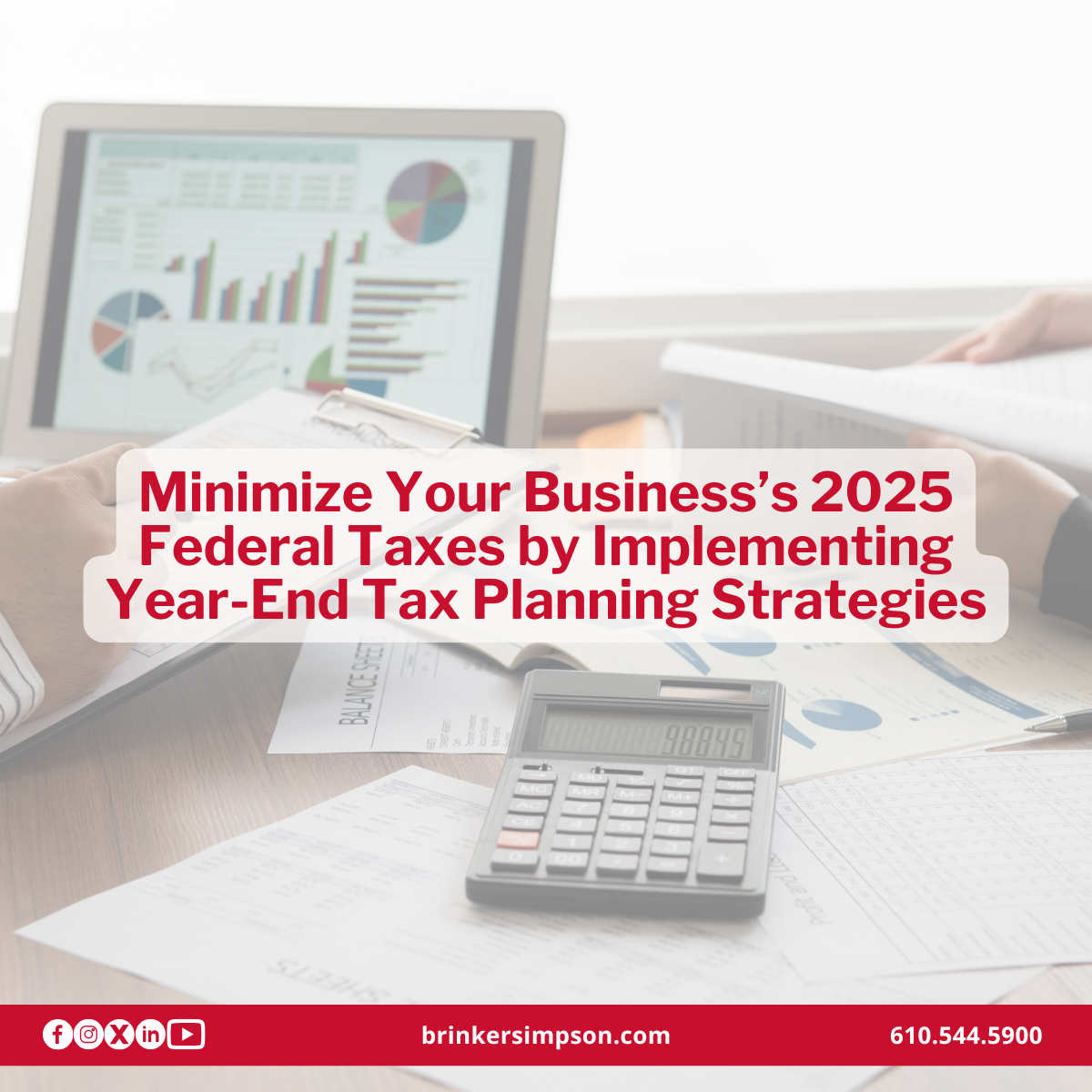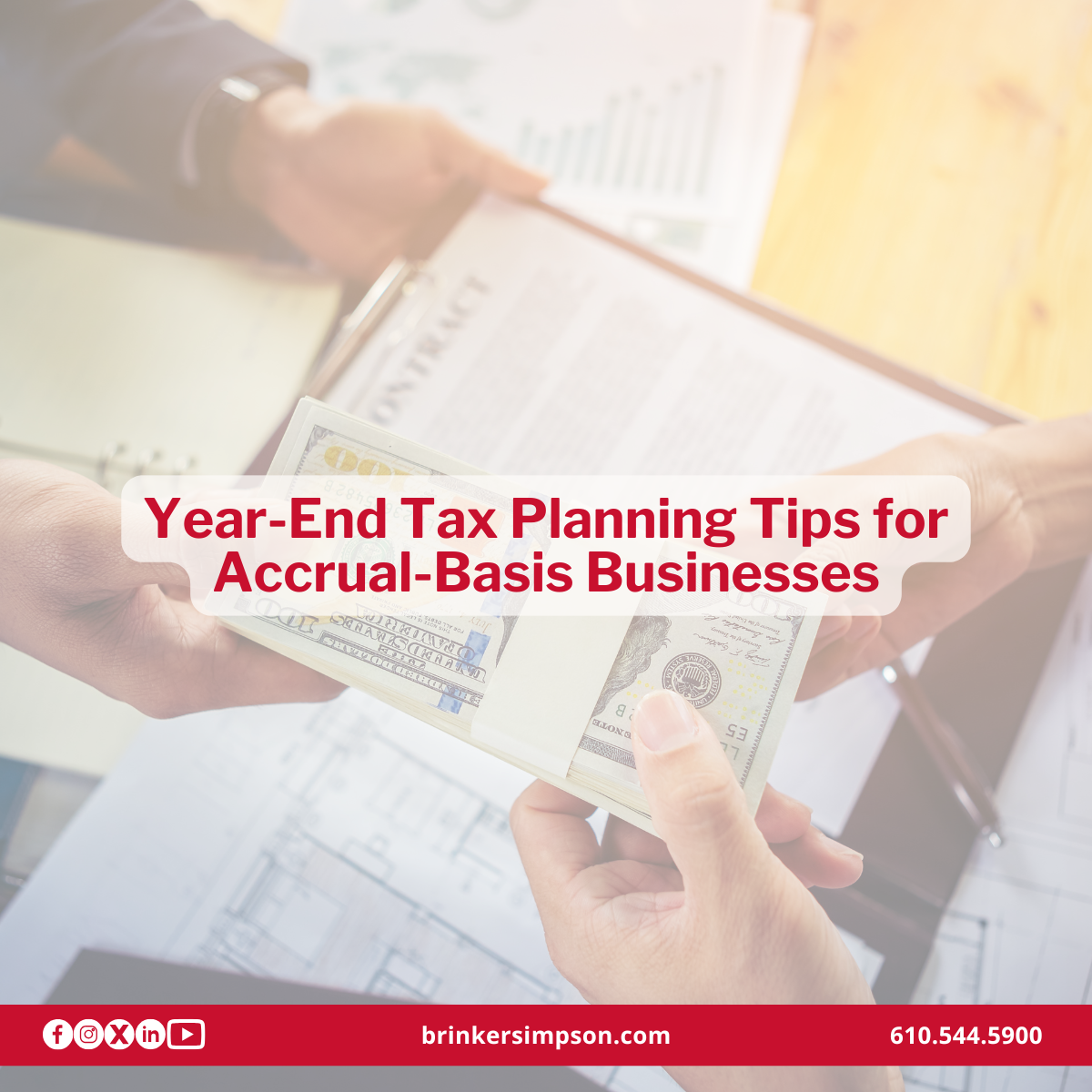The three approaches appraisers use to value a business are essentially a matter of common sense. You start with the balance sheet and adjust the book values of assets and liabilities to their market values. Then you turn to the income statement and evaluate how much cash the business is expected to generate in the future. Finally, you investigate how much competitors have sold for in the past.
Although these techniques sound simple, do-it-yourself appraisals can generate misleading results. Each approach requires subtle nuances and fine-tuning, and each business requires a customized approach.
WHAT'S IN A NAME?
In business valuation jargon, the three approaches are called:
The asset (or cost) approach
The income approach
The market approach
Several methods are categorized within each broad approach. For example, the guideline public company method and the merger and acquisition method both fall under the market approach umbrella. The excess earnings method is generally considered a hybrid method that combines elements of the asset and income approaches.
WHEN ASSETS COUNT
The asset approach starts with the balance sheet. Unreported assets (such as internally-developed intangible assets) and hidden liabilities (such as pending litigation or IRS audits) are identified. Then all the company's assets and liabilities are adjusted to their current fair market values. For some working capital accounts -- such as accounts receivable or inventory -- book value may be a reasonable proxy of fair market value. But other items -- such as real estate or equipment -- may require outside appraisals, especially if they were purchased decades earlier and fully depreciated. Assets are summed and liabilities are subtracted to arrive at the company's net asset value.
This approach is most often used when valuing asset holding companies or when using the liquidation premise of value. It can also serve as a "floor" for a subject company's value. If the income and market approaches generate results below the results of the asset approach, the appraiser may rely exclusively on the asset approach. In other words, no rational controlling owner would sell the company for less than its adjusted net asset value.
WHEN CASH IS KING
Now turn to the income statement and analyze how much cash the business, business interest, or intangible asset will generate, including when it is eventually sold. Under the income approach, future cash flows are converted to their net present value using a discount (or capitalization) rate commensurate with the investment's risk.
Common methods under this approach include:
Capitalization of earnings method. Here, value is calculated by dividing a single period's cash flows by a capitalization rate. This technique is most appropriate when a company's (or investment's) cash flow has stabilized, enabling the valuator to assume a constant growth rate.
Discounted cash flow method. Under this technique, the valuator discounts future cash flows over a discrete period of years and then adds to that a "terminal value," which is also discounted to its present value. Discount rates represent the cost of capital, taking into account the time value of money and risk.
Although cash flows are the most common economic benefit used in the income approach, valuators can also use net income, pretax earnings, or another income stream. Different discount rates apply to different income streams, however. Although the income approach can be difficult to explain to laypeople, it is widely used in financial markets. Increasingly, courts and the IRS are embracing this valuing approach, too.
WHAT WILL THE MARKET BEAR?
The IRS, the Financial Accounting Standards Board (FASB), and many courts favor the market approach for its perceived simplicity and objectivity. It is based on the principle of substitution. That is, an investor will pay no more for an investment than it would cost to purchase a comparable substitute investment. The merger and acquisition method derives value from controlling interests in similar publicly-traded or privately-held businesses (also known as guideline companies or comparables). Alternatively, value comes from similar publicly-traded stock prices in the guideline public company method.
Selection criteria, such as industry, size, financial performance, and transaction date, are used to narrow down transaction databases into a meaningful sample of guideline transactions. Once the valuator selects a sample of similar transactions, he or she picks an income stream to use to develop pricing multiples. Common examples include price-to-earnings, price-to-operating cash flows, and price-to-EBITDA (earnings before interest, taxes, depreciation, and amortization).
Statistical analysis and graphs are sometimes used to demonstrate how closely the guideline transactions relate to one another. Valuators generally prefer samples with high correlation coefficients and low variances, for example. Finally, the most relevant pricing multiples are applied to the subject company's income stream to determine its value.
PICKING THE "RIGHT" APPROACH
Valuators consider all three approaches every time they value a business. But in the end, they may only use one or two methods to arrive at their final value conclusions. What is most important is that the final value is supported by concrete evidence from the marketplace and any contradictory value indicators are reconciled against the valuator's conclusion. The appraisal report should explain why an approach was either selected or not selected in determining the value of the subject business.
We take a comprehensive view of all you have invested in your business — and what you have created. We can help you get a baseline of value that informs your strategic plan to build additional value. To learn more about how we can help, please contact a Brinker Simpson valuation professional.



